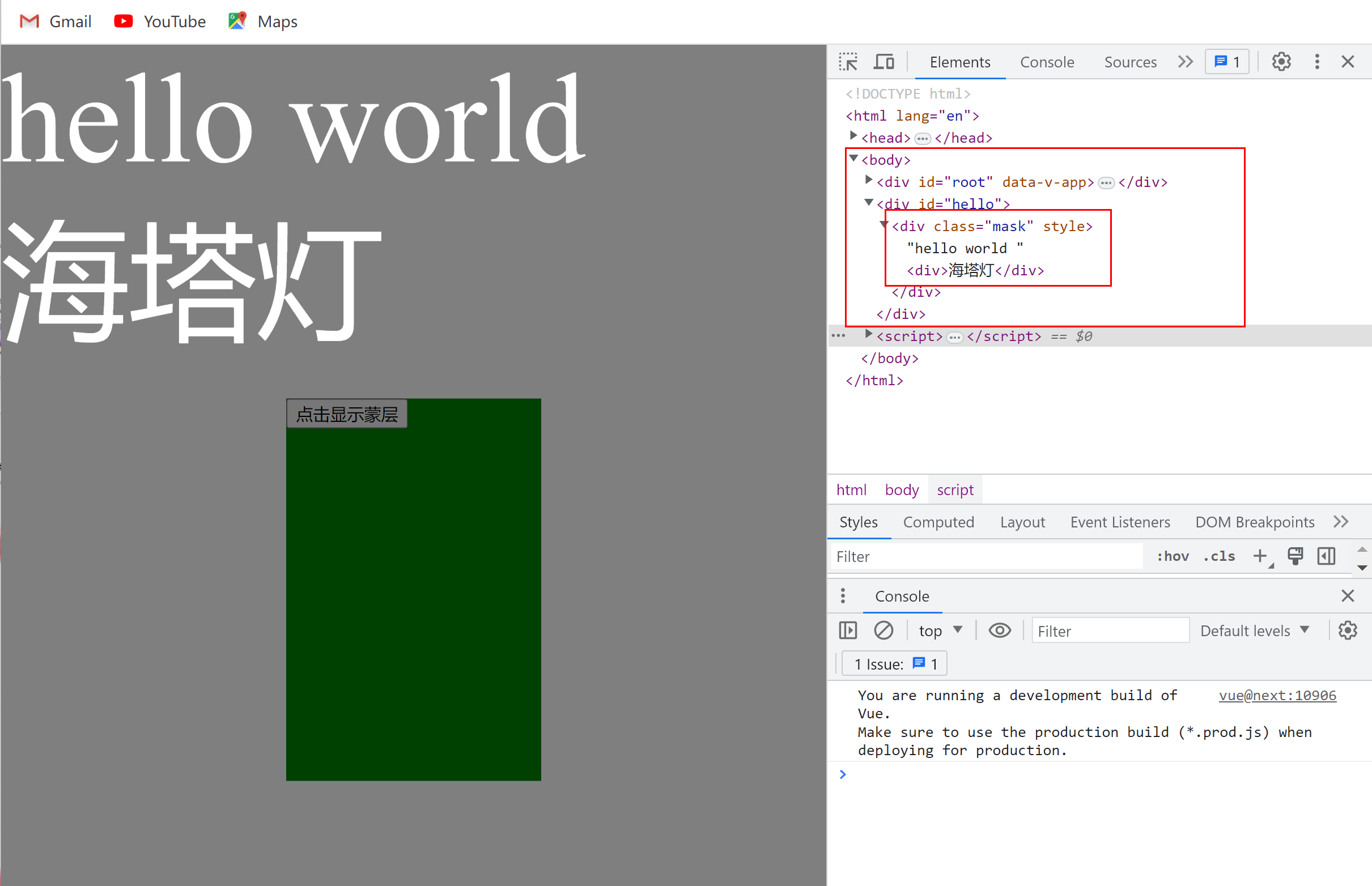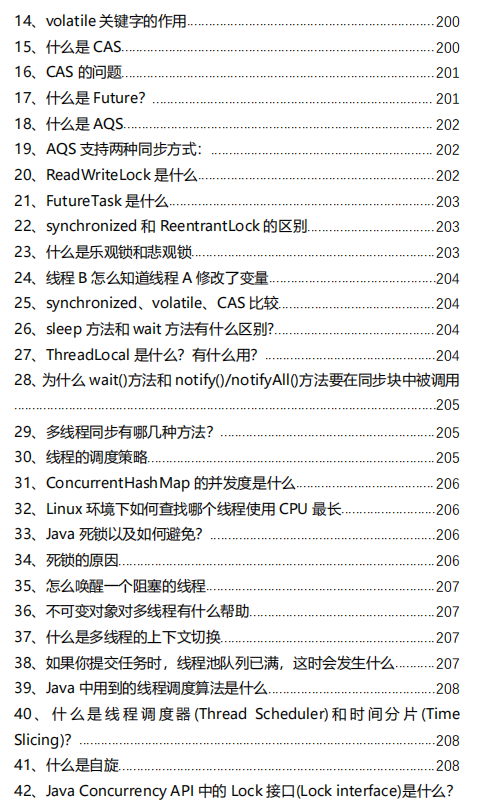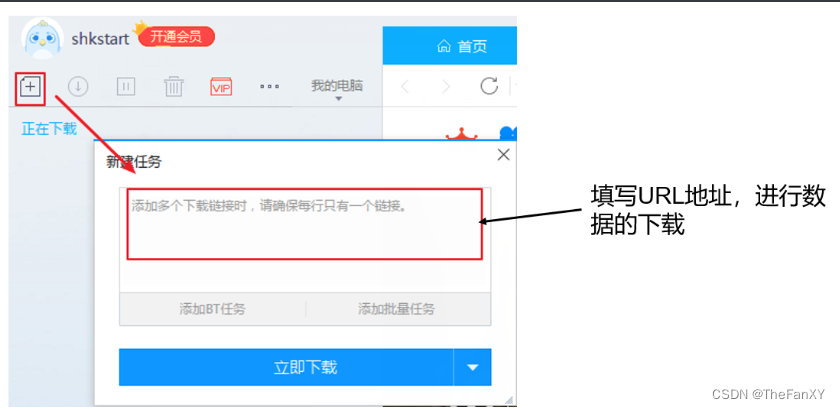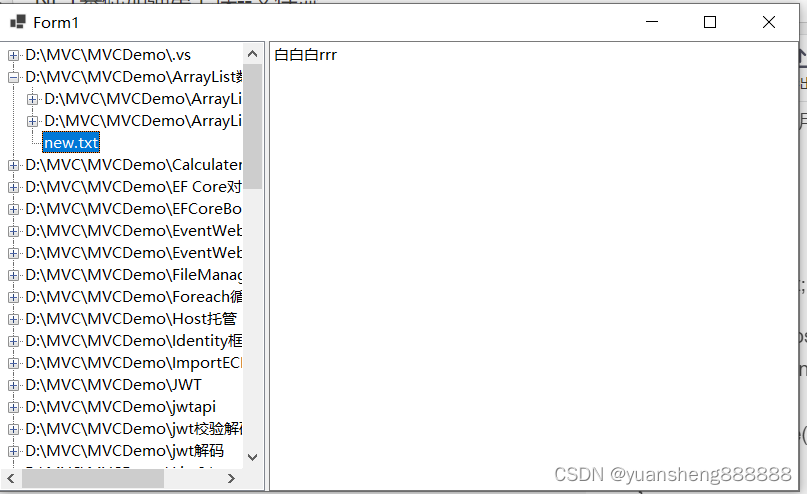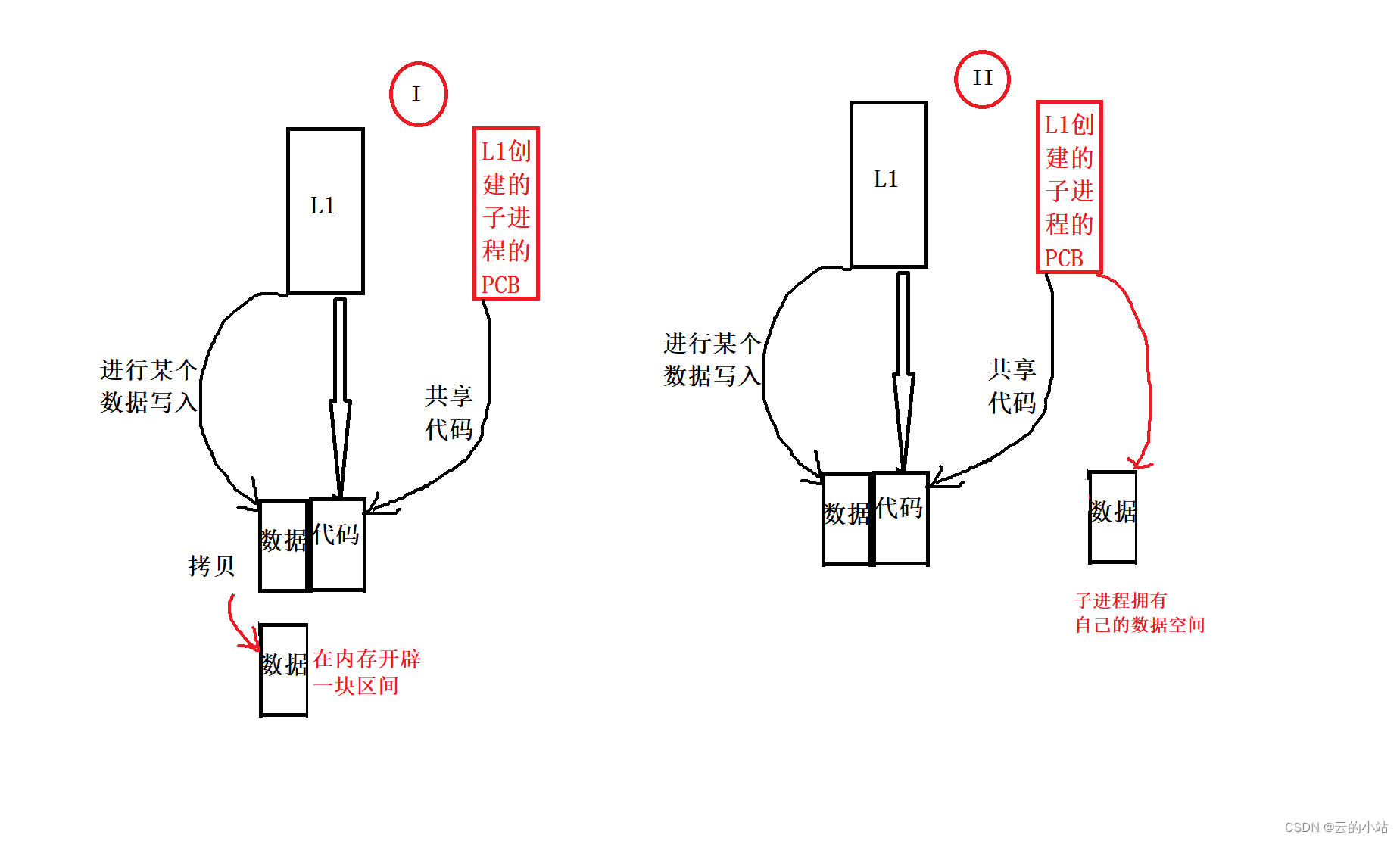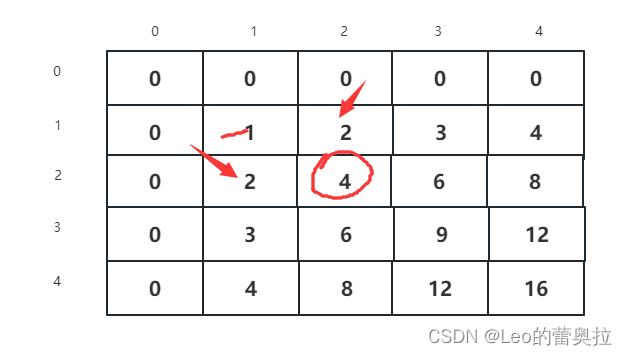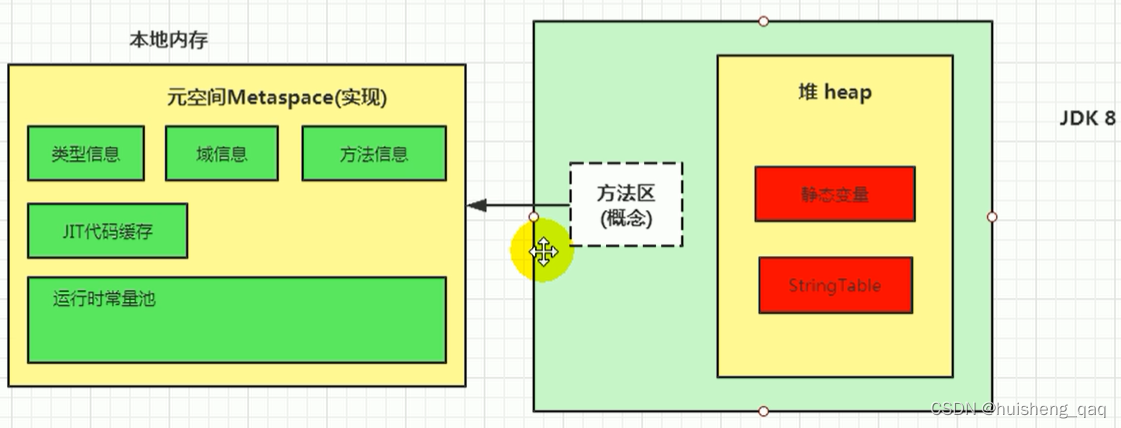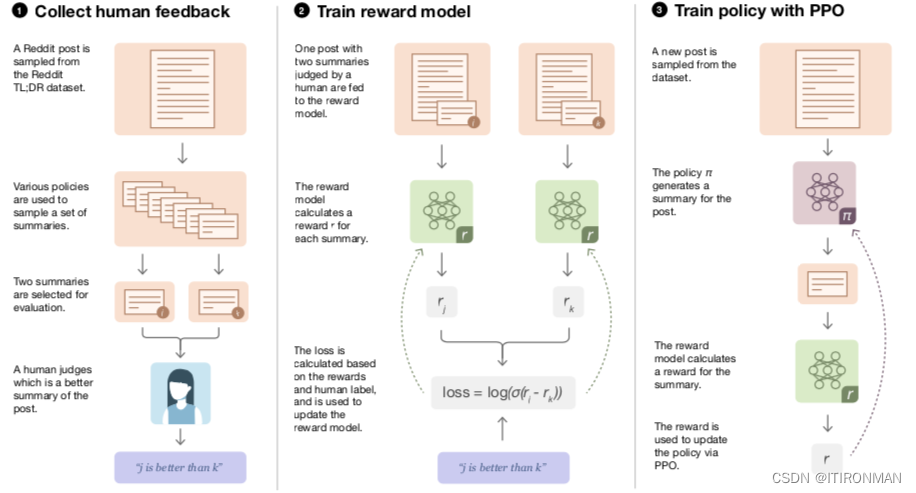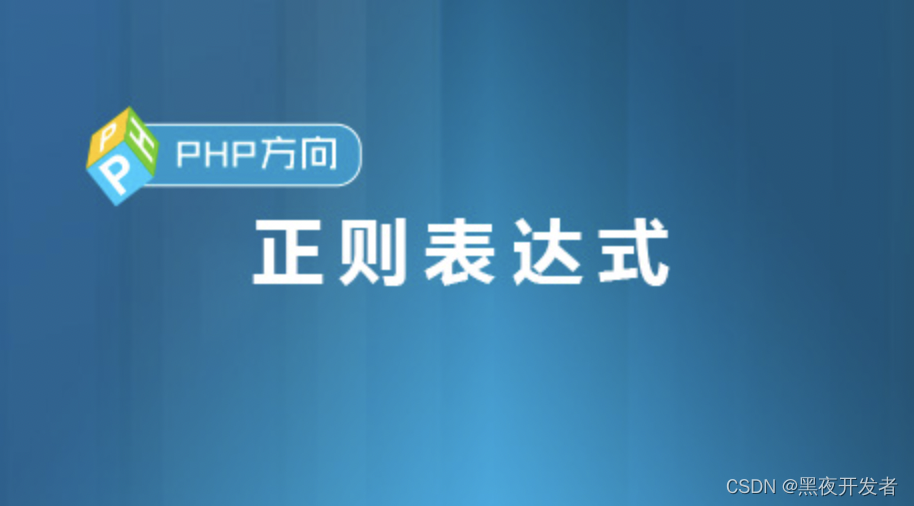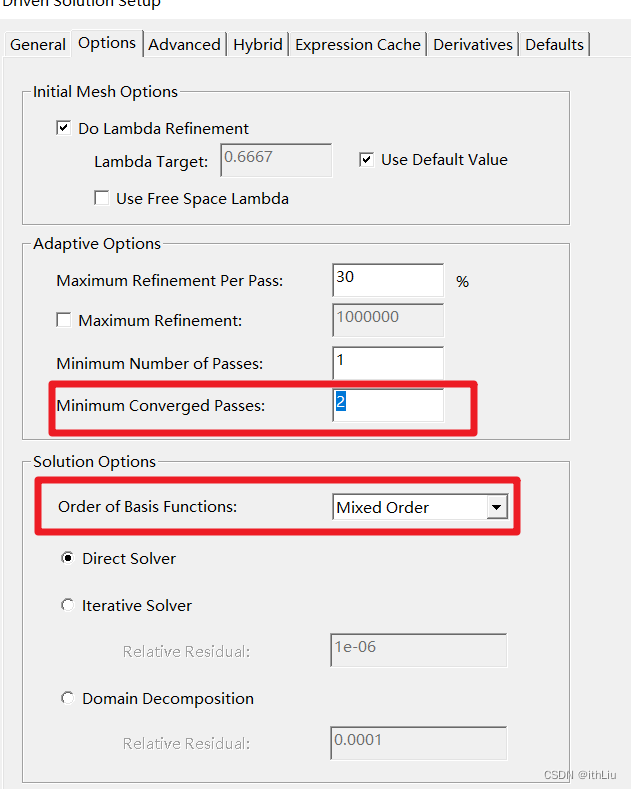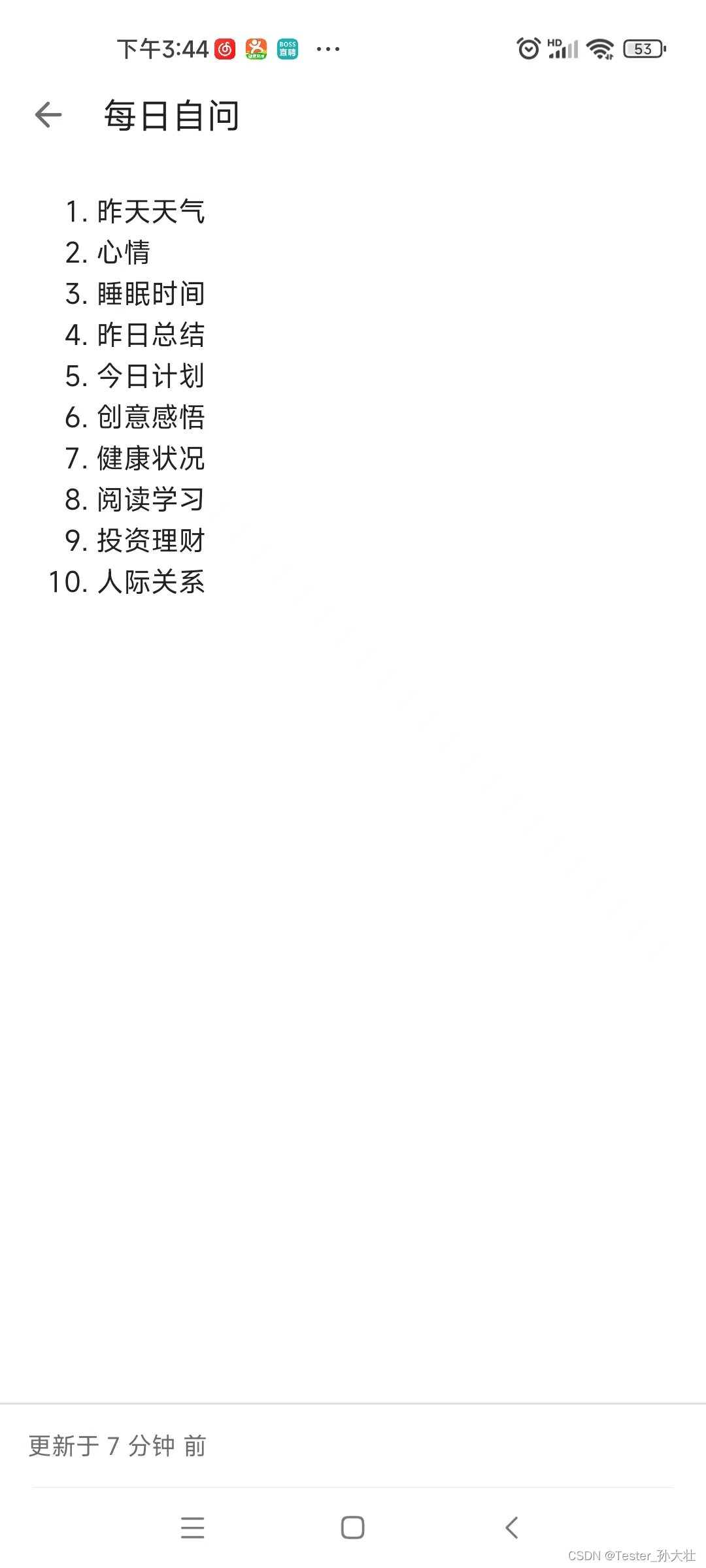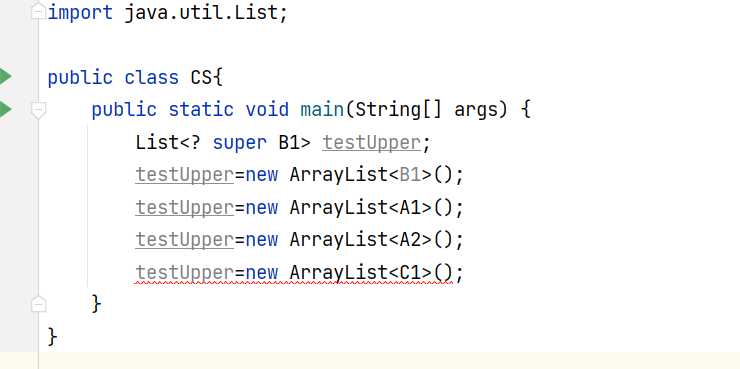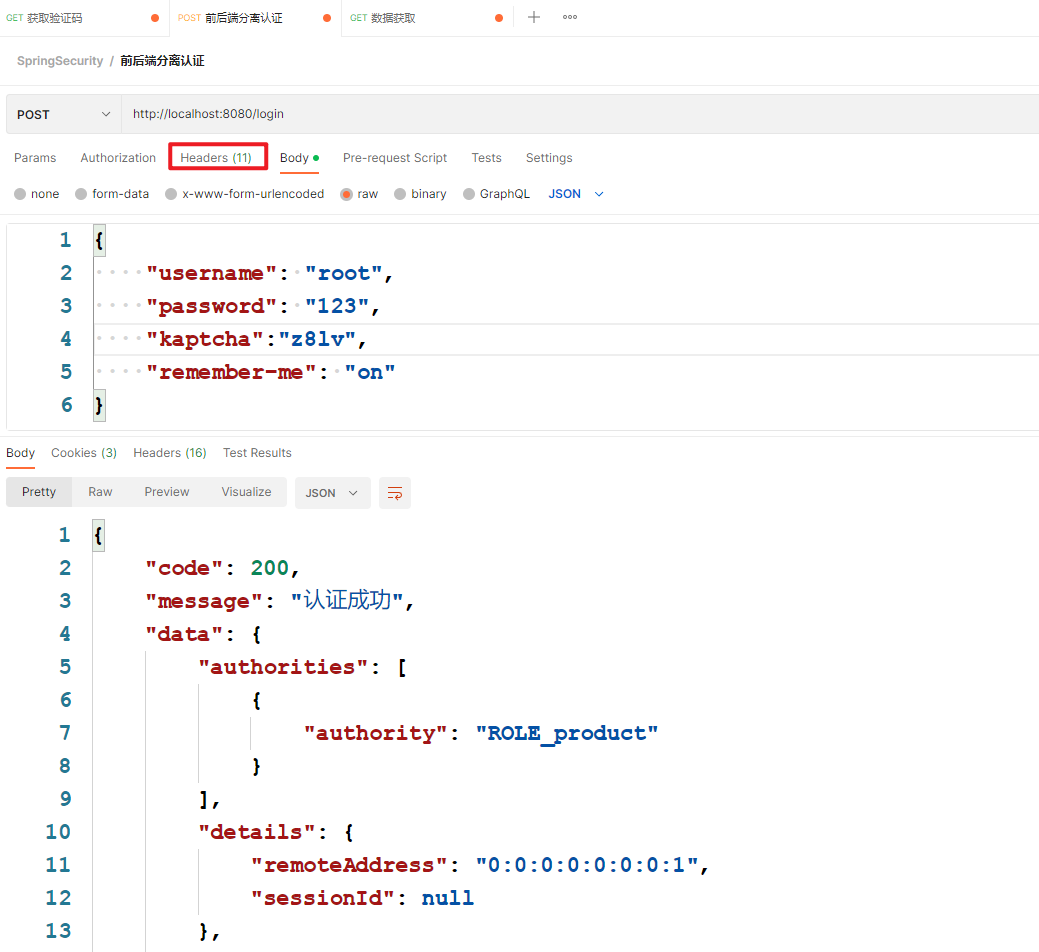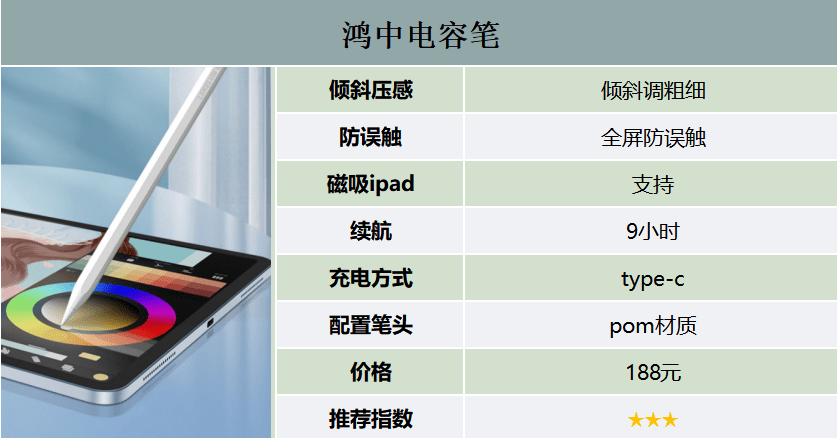终于开始了 LeetCode 的练习,看到 102. 二叉树的层序遍历 有种解法利用到了队列,想着挨个看看基础队列中的方法,便有了这篇文章。
基于 Java 对 Queue 以及 Deque(double ended queue) 实现进行学习介绍,JDK 版本:1.8.0_361。
全局概览
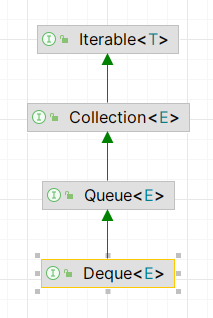
先看下 Queue 的注释:
- A collection designed for holding elements prior to processing. Besides basic Collection operations, queues provide additional insertion, extraction, and inspection operations:一个为了处理之前保存元素而设计的集合。除了 Collection 提供的基础操作外,还提供了额外的插入、提取、检查的操作。
- Queues typically, but do not necessarily, order elements in a FIFO (first-in-first-out) manner. Among the exceptions are priority queues, which order elements according to a supplied comparator, or the elements’ natural ordering, and LIFO queues (or stacks) which order the elements LIFO (last-in-first-out). :Queue(队列)一般以 FIFO(先进先出)的方式对元素进行排序(但是不一定按照:优先队列「根据提供的 comparator 或者元素自然排序」以及 LIFO(后入先出) 队列)。
再看下 Deque 的注释:
A linear collection that supports element insertion and removal at both ends:一个支持两端都支持元素插入删除的线性集合。
扩展下,当需要 LIFO 队列时不推荐使用 Stack,Stack 基于 Vector 实现,原因有以下两个:
- Vector 中的方法都有 synchronize 修饰,有性能问题(个人感觉不是重点,并发问题可以考虑:ConcurrentLinkedDeque)
- Vector 底层是数组,Stack 基于其实现,可以使用共有方法,对 LIFO 的特征造成破坏(感觉这个是重点)
基本方法
Queue
插入队尾:
boolean add(E e):插入成功返回 true,失败抛异常boolean offer(E e):插入成功返回 true,失败返回 false
查询队首元素:
E element():队列为空,抛异常E peek():队列为空,返回 null
删除队首元素:
E remove():队列为空,抛异常E poll():队列为空,返回 null
Deque
插入队首
void addFirst(E e):入队失败报异常boolean offerFirst(E e):入队失败返回 false
插入队尾
void addLast(E e):入队失败报异常boolean offerLast(E e):入队失败返回 false
删除队首
E removeFirst():队列为空抛异常E pollFirst():队列为空返回 null
删除队尾
E removeLast():队列为空抛异常E pollLast():队列为空返回 null
查询队首元素
E getFirst():队列为空抛异常E peekFirst():队列为空返回 null
查询队尾元素
E getLast():队列为空抛异常E peekLast():队列为空返回 null
推荐阅读
下述各种队列具体实现原理博客等空了分专题学习整理分享,敬请期待。
涉及到了堆、锁、
Delayed接口。
深入理解Java PriorityQueue(和堆有关)
Java 阻塞队列(和锁有关)
Java 阻塞延迟队列 DelayQueue 原理及使用(和 Delayed 接口也有关)

